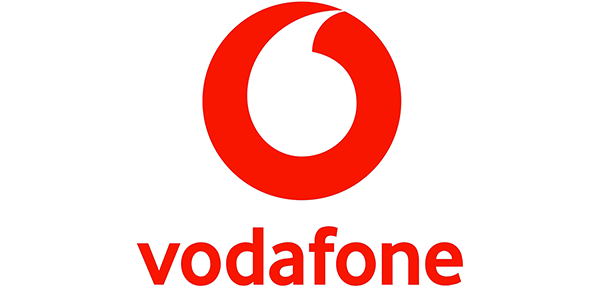Keeping society connected with a digital twin
The leading communications company Vodafone is taking steps to maintain mobile signal strength across the UK, using a digital twin built on ArcGIS Enterprise. With a 3D model of its network, assets and the environment, the company can keep society connected, while operating more efficiently and reducing carbon emissions.
Digital twin provides a first-ever 360 degree view of Vodafone’s communications network and how it operates
Over 40 million environmental features and nearly 500,000 network features are mapped in 3D using ArcGIS Enterprise
Engineers can assess the impacts of tree growth or new buildings on signal strength and network performance, from their desktops
The Challenge
With 300 million mobile customers worldwide, Vodafone’s aims are to keep people, businesses and communities connected and help build a digital future for everyone. The company is at the forefront of the 5G revolution in the UK, but high frequency mobile services like 5G require a clear line of sight to operate effectively. If a new building is constructed, an existing building is extended or tree growth occurs, this line of sight can be obstructed, resulting in a degradation in mobile signal strength. Consequently, Vodafone needs to proactively monitor new buildings and tree sizes and plan proactive network enhancements to mitigate the impacts of this ‘clutter’ and maintain a high quality of service for customers.
“Our customers are really important to us here at Vodafone and we believe, with the help of this new digital twin, we can continue to deliver fantastic service to our millions of customers.”
Boris Pitchforth, Lead Architect, Vodafone
The Solution
Vodafone had begun to invest in 3D modelling and explore potential uses for a digital twin – a virtual, 3D representation of the mobile network and the surrounding environment. Rebecca King, former Geographic Information System (GIS) Lead at Vodafone says, “When I first started doing GIS, digital twin was not a possibility, but the technologies have developed so much that we can make digital twin a reality now.”
Soon, the organisation realised that a digital twin could prove invaluable in helping it to identify clutter. “It occurred to our team, what if we could create a digital twin for connectivity across the UK,” explains Boris Pitchforth, Lead Architect at Vodafone. “It would surely make our system more robust if we could scrutinise the topography of the environment and assess the impacts of tree growth or new construction developments on signal strength and network performance.”
Energised by this vision, Vodafone used ArcGIS Enterprise to model its UK assets and the wider environment in 3D and added relevant data sets to create and enrich a digital twin. Described by Boris Pitchforth as a “really immersive experience,” the project enabled Vodafone to gain a 360 degree view of its communications network in the UK and how it operates. “Using ArcGIS Enterprise and cloud infrastructure capabilities, we have been able to create something special,” he says.
“When I first started doing GIS, digital twin was not a possibility, but the technologies have developed so much that we can make digital twin a reality now.”
Rebecca King, former GIS Lead, Vodafone
Benefits
Unprecedented understanding of mobile network
The digital twin created with ArcGIS Enterprise gives Vodafone a detailed view of its UK mobile network and the wider environment for the first time. Employees can see, in one place, on a single map, over 40 million environmental features, such as trees, hills and buildings, and nearly 500,000 network features like mobile phone masts. “Our ArcGIS digital twin is giving us an unprecedented understanding of our entire UK network,” says Johenny King Puente, Network Specialist at Vodafone. “With this level of detail we can make decisions faster and with more accuracy.”
Fantastic service for millions of customers
Most significantly, the digital twin makes it easier for Vodafone to identify changes in the environment and identify clutter that might be causing a degradation in service. As a result, the company’s engineers can implement mitigations more quickly to deliver a more consistent service to customers. “Our customers are really important to us here at Vodafone and we believe, with the help of this new digital twin, we can continue to deliver fantastic service to our millions of customers,” Boris Pitchforth says.
Improved operational efficiency
Through the ongoing use of the digital twin, Vodafone expects to be able to make significant and sustained operational efficiencies. For example, engineers now have detailed information available at their fingertips, all in one place, and spend less time looking for the data they need. The 3D models also give engineers a good understanding of the wider environment and locations of clutter, from their desks or using mobile devices, enabling them to make well-informed decisions more quickly and accelerate business processes.
Lower carbon emissions
Like most organisations, Vodafone is working hard to reduce the environmental impacts of its operations and it believes that its digital twin will help it achieve its ambitious target for carbon emissions. Already the digital twin is helping by reducing the number of field trips and site visits that engineers need to make. “We have pledged to eliminate carbon emissions from our operations by 2027,” Boris Pitchforth says. “With operational developments and innovations like digital twins, we can achieve this.”



